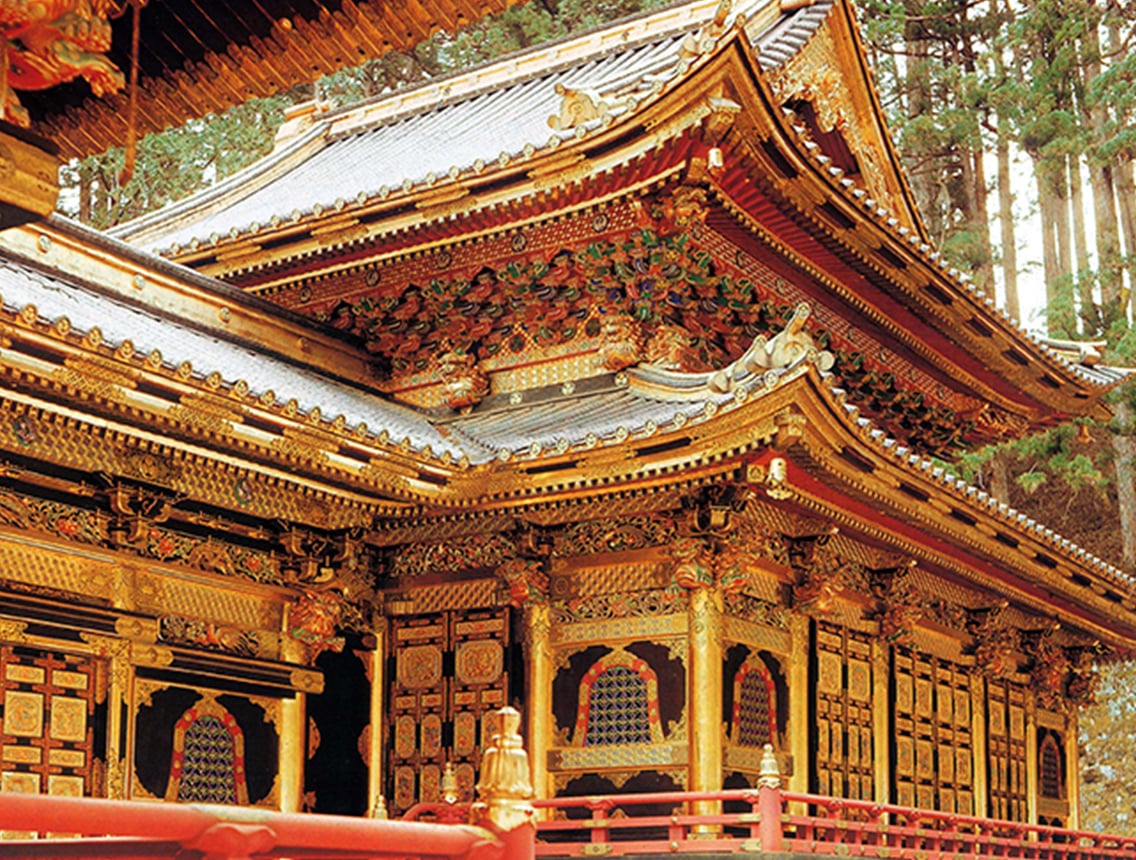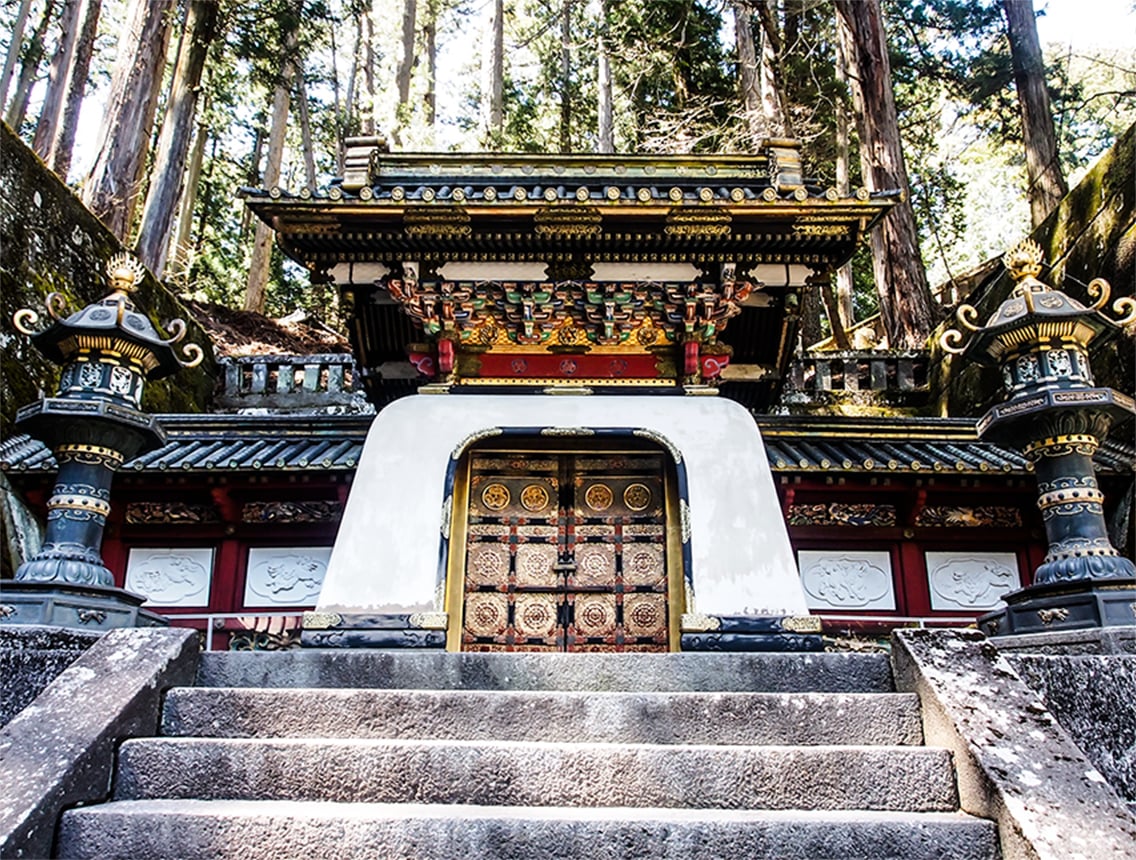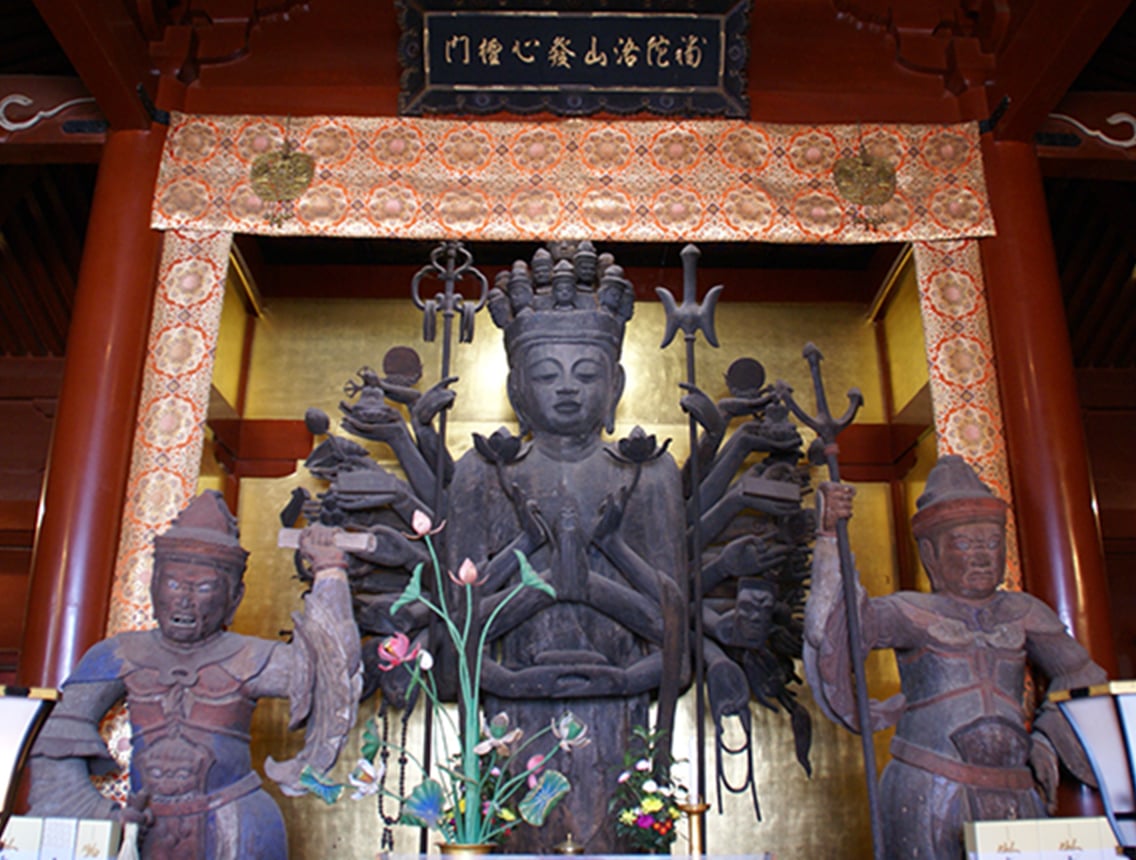Nikko Futarasan Shrine
The ancient Futarasan Shrine is where the Nikko mountain faith began. It has been long-worshipped as the enshrinement of the Futara-san (another name for Mt. Nantai) god. The beautiful vermillion lacquered wooden Sacred Bridge (shinkyo) adorning the entrance to the mountains of Nikko might also be called the gateway to the World Heritage Site “Shrines and Temples of Nikko.”







